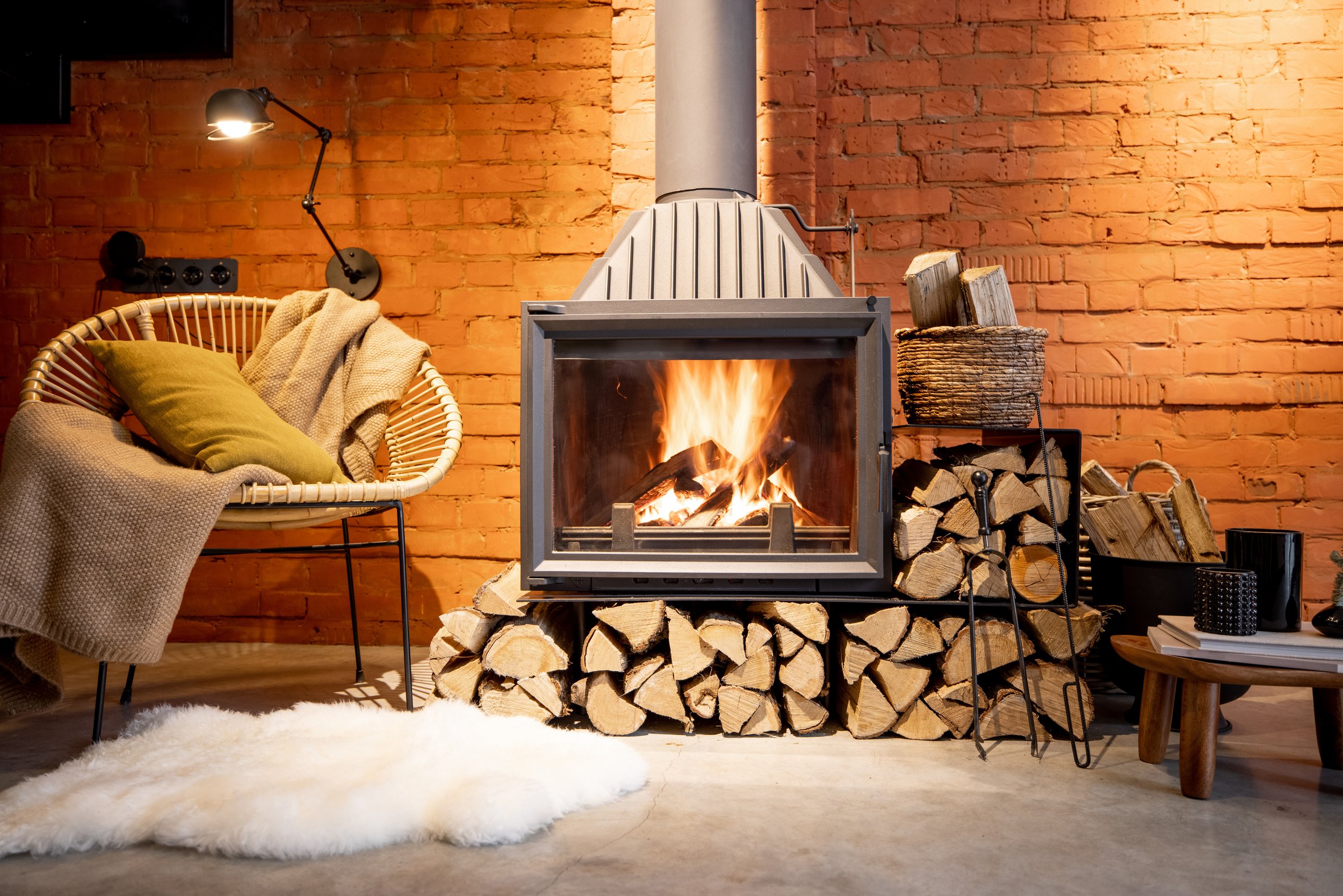Energy-Efficient Home Improvements to Lower Your Heating Bills
As winter approaches, many homeowners start worrying about rising heating bills. The good news is that making energy-efficient home improvements can help lower your heating costs while keeping your home warm and comfortable. Whether you’re considering small tweaks or larger investments, these tips can make your home more energy-efficient and reduce heating expenses. Let’s explore some of the best options.
1. Seal Air Leaks
One of the simplest ways to lower heating bills is to seal air leaks in your home. Drafts around doors, windows, and other openings allow cold air to enter and warm air to escape, forcing your heating system to work harder. To fix this, apply caulking or weatherstripping around window frames, door thresholds, and any gaps in walls. Even small leaks can lead to significant energy waste, so take the time to inspect your home thoroughly. Sealing these gaps will help maintain a more stable indoor temperature and boost your energy efficiency.
2. Upgrade Your Insulation
Insufficient insulation is a major culprit in heat loss during the winter months. Insulating your attic, walls, and basement ensures that warm air stays inside, reducing the need for your heating system to run constantly. Attics are especially prone to heat loss because heat rises, so adding extra insulation there can make a significant difference. Insulation materials such as fiberglass, foam, and cellulose are all effective options depending on your home’s needs. An insulation upgrade is one of the most cost-effective energy improvements you can make, with long-term benefits in heating cost savings.
3. Install a Programmable Thermostat
A programmable or smart thermostat allows you to automatically adjust the temperature in your home based on your schedule. You can set it to lower the temperature while you’re asleep or away from home and raise it when you’re back. This simple adjustment can reduce energy waste and lower heating bills. Some smart thermostats even learn your preferences and optimize heating patterns for maximum efficiency. Over time, this can lead to energy savings of up to 10% annually.
4. Use an EPA-Certified, Modern Wood-Burning Stove
If you enjoy the warmth and ambiance of a wood fire, consider upgrading to an EPA-certified, modern wood-burning stove. These stoves are much more energy-efficient than traditional fireplaces or older wood stoves. Modern wood stoves burn cleaner and produce more heat with less wood, helping to lower your heating bills. They’re designed to reduce emissions and maximize the heat output, ensuring you get the most warmth from your firewood. Look for stoves with the EPA certification, which ensures they meet stringent efficiency and air quality standards. Using renewable wood as a heat source can be a sustainable and cost-effective way to supplement your home’s heating.
5. Upgrade to Energy-Efficient Windows
Old windows, especially single-pane ones, allow heat to escape, making it harder for your heating system to maintain a comfortable indoor temperature. Replacing them with energy-efficient windows can significantly reduce heat loss. Look for windows with low-emissivity (low-E) glass, which reflects heat back into your home. Double or triple-pane windows with gas fills provide even more insulation. While new windows may require an upfront investment, they offer long-term energy savings and increase the comfort of your home.
6. Service Your Heating System Regularly
Regular maintenance of your heating system is essential for ensuring its efficiency. Over time, dust and debris can accumulate in your system, causing it to work harder and use more energy. Changing furnace filters regularly (about every three months) and scheduling an annual professional inspection will help your system run at peak efficiency. A well-maintained heating system uses less energy, reducing your overall heating costs and prolonging the life of the system.
Focus On Simple Improvements
Making your home more energy-efficient doesn’t have to be complicated. Simple improvements like sealing air leaks, upgrading insulation, and installing a modern wood-burning stove can make a big difference in lowering your heating bills. More substantial upgrades like energy-efficient windows or a smart thermostat can further enhance your home’s energy efficiency. By taking these steps, you can enjoy a warmer home and a smaller heating bill this winter.

